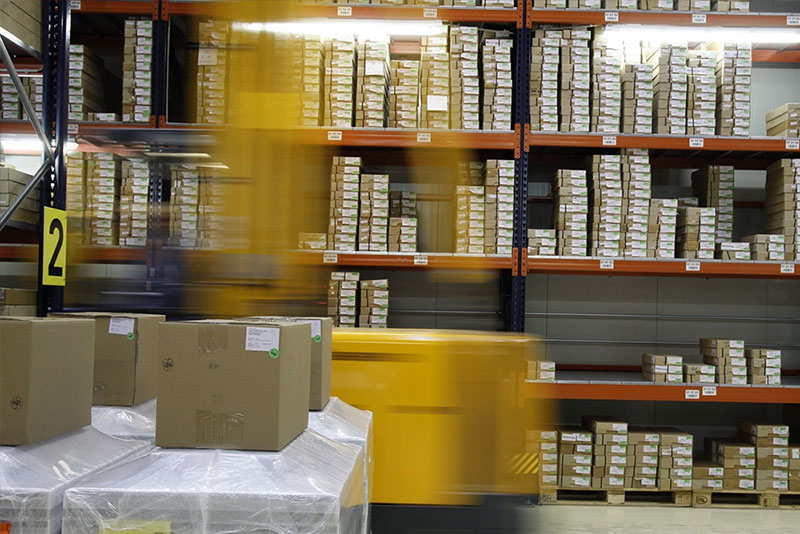Importing goods into the United States involves navigating various regulations, including those related to warehousing. Understanding these regulations is crucial for businesses engaged in international trade.

What are the warehousing regulations for importing goods into the USA? These regulations primarily focus on the storage and handling of imported goods before they are cleared by customs and released into the US market.

One of the key aspects of warehousing regulations is compliance with customs laws. Goods imported into the USA must be stored in bonded warehouses if they have not yet cleared customs. Bonded warehouses are facilities licensed by Customs and Border Protection (CBP) where imported goods can be stored without paying duties until they are released for distribution or exported.
It is important to note that bonded warehouses are under strict CBP supervision. They must meet specific security and operational standards to ensure the integrity and safety of the goods stored within them.
Additionally, warehousing regulations govern the reporting and documentation requirements for imported goods. Importers are required to maintain accurate records of their inventory and transactions while the goods are in the bonded warehouse.
Furthermore, importers must comply with storage conditions and restrictions imposed by CBP. Certain types of goods, such as perishable items or hazardous materials, may have specific storage requirements to prevent spoilage, contamination, or safety hazards.
In summary, understanding and adhering to warehousing regulations for importing goods into the USA is essential for smooth customs clearance and compliance with US laws. Importers must ensure that their warehousing practices align with CBP standards to avoid delays, penalties, or other complications.